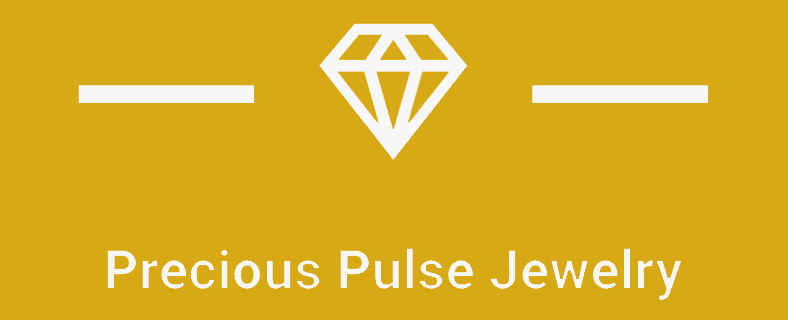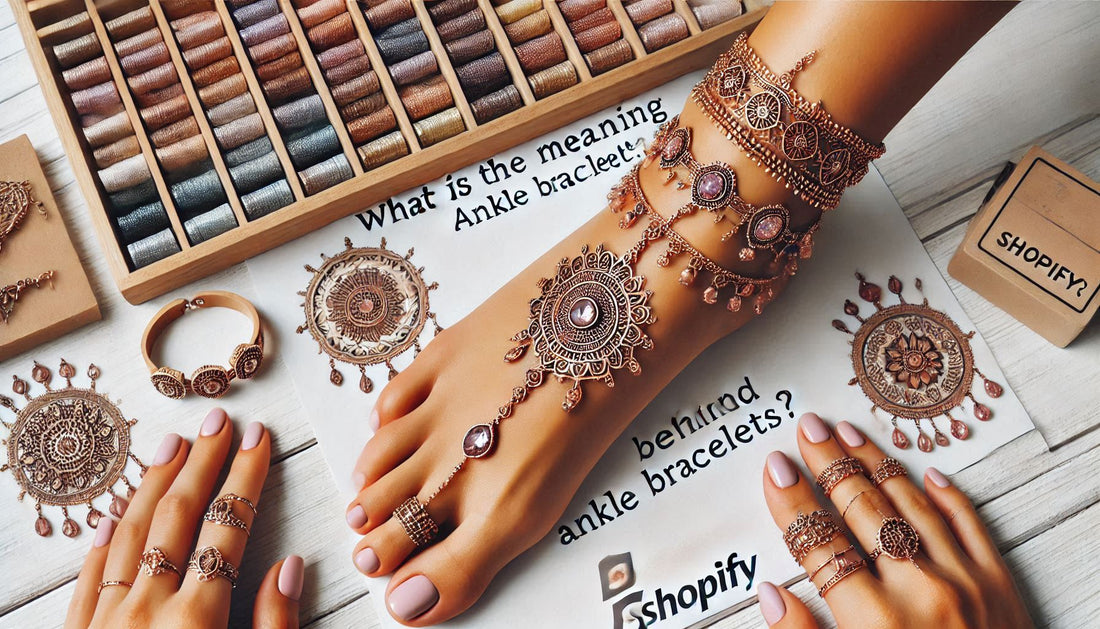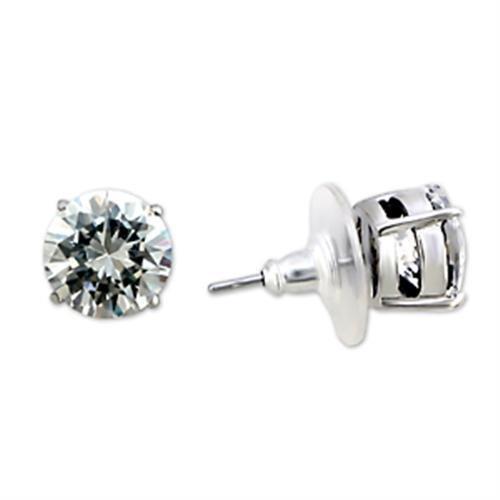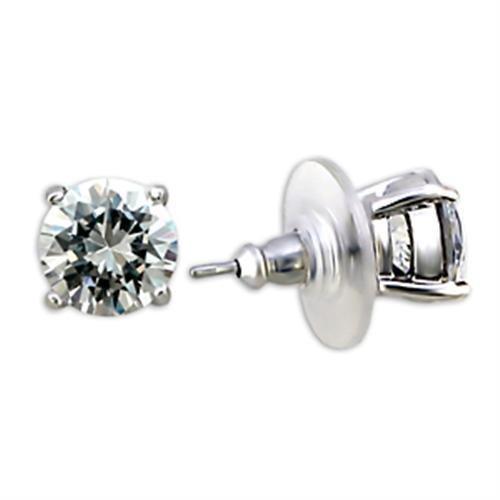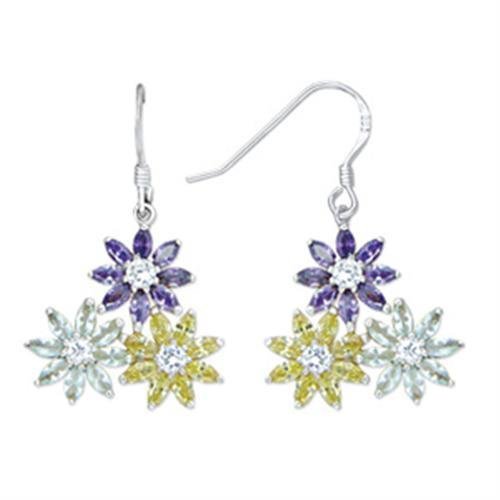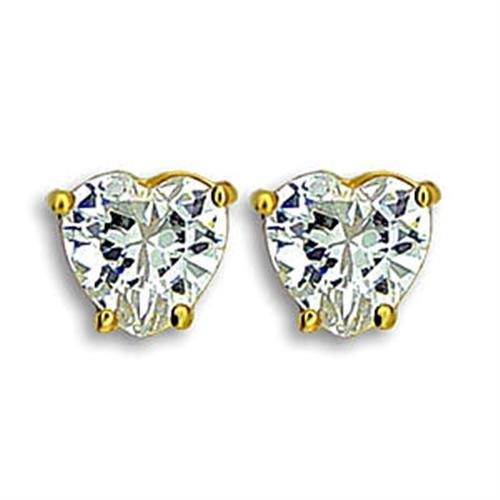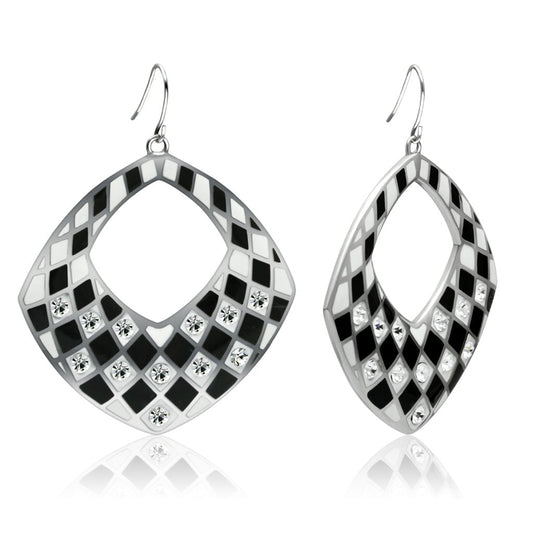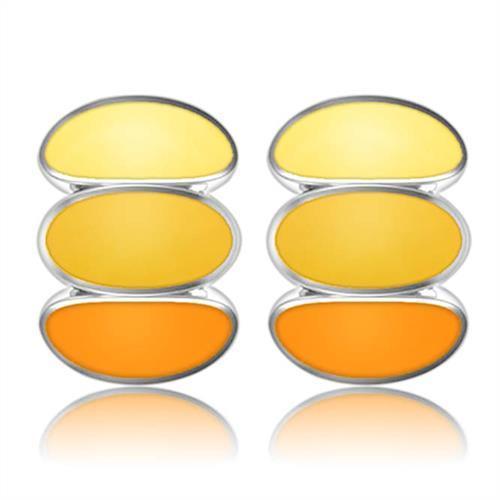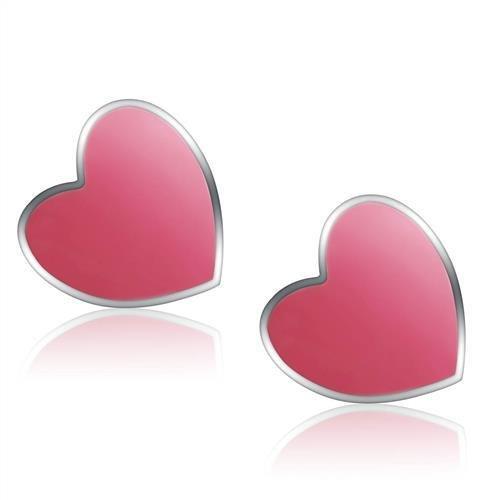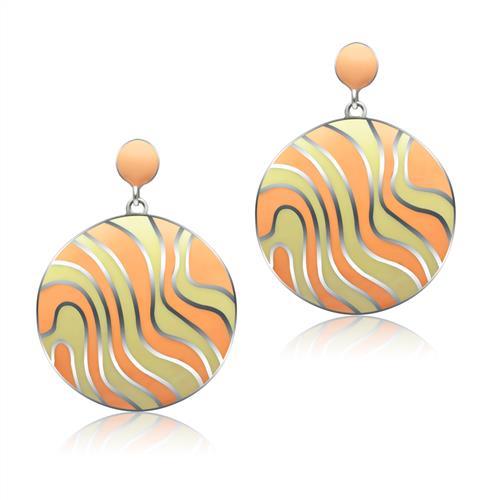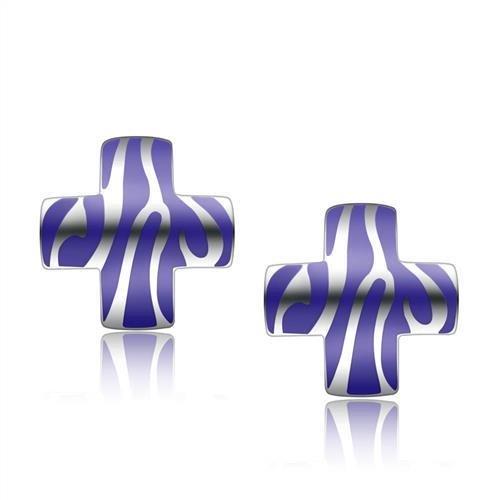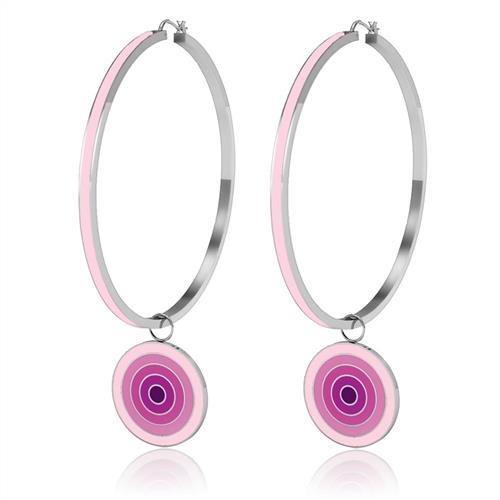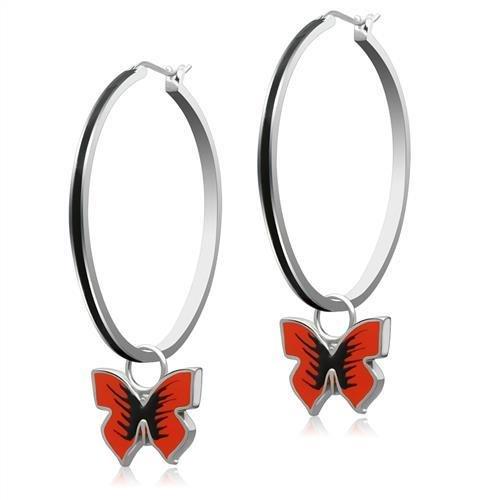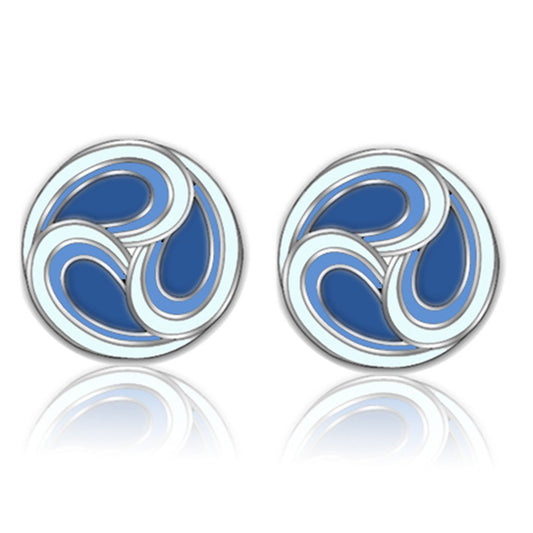Ankle bracelets, or anklets, are more than just decorative accessories. Across cultures and centuries, these elegant pieces of jewelry have embodied diverse symbolic meanings, from markers of social status to protectors against misfortune. In this article, we’ll explore their rich history, cultural significance, and evolving role in modern fashion, providing you with a comprehensive understanding of their timeless allure.
A Glimpse into the Past: The Ancient History of Anklets
Anklets trace their roots back thousands of years, appearing in early civilizations such as Sumeria, Egypt, and India. Archaeological findings reveal that these adornments were not merely ornamental but often served as indicators of social status or spiritual beliefs.
The Sumerian Influence
In ancient Sumeria, anklets were crafted from materials like wood, bone, and metals. They often symbolized wealth or marital status. The intricate craftsmanship of these pieces reflects their importance in the cultural fabric of the time.
Egyptian Customs and Social Hierarchies
Egyptian women wore anklets to denote their place in society. Gold anklets studded with gemstones signified affluence, while simpler designs were associated with less privileged classes. Explore modern interpretations of classic designs.
Indian Traditions of Sound and Spirituality
In India, anklets were traditionally adorned with small bells, creating a melodic chime that announced the presence of the wearer. These designs were not only decorative but also served as talismans against evil spirits, imbuing them with a spiritual dimension.
Cultural Significance and Symbolism Across the Globe
The Western Perspective
In Western cultures, anklets gained popularity as fashion statements during the 20th century. Their symbolic meanings have largely faded, replaced by their appeal as chic accessories. Modern iterations of these pieces focus on minimalism and personal expression, such as sterling silver anklets.
Eastern Spirituality and Tradition
In Eastern cultures, anklets still hold profound significance. They represent femininity, marital status, and spirituality, echoing traditions that date back millennia. Wearing an anklet with a protective charm continues to symbolize a connection to the earth and a shield against negativity.
“Anklets bridge the gap between cultural heritage and modern fashion, transforming symbolic artifacts into wearable art.”
The Evolution of Anklets in Modern Fashion
As global craftsmanship meets contemporary design, anklets have emerged as versatile accessories suited to every wardrobe. Whether crafted from brass, silver, or pink metals, they effortlessly blend tradition with current trends.
Statement Pieces and Fashion Layering
The rise of boho-chic aesthetics has revived interest in layered anklets. Mixing textures and metals creates a personalized style, emphasizing the anklet as a statement piece. Browse unique anklet collections.
Gender-Neutral Adornments
Breaking away from traditional norms, anklets are increasingly embraced as gender-neutral jewelry, symbolizing inclusivity and self-expression.
Spirituality and Symbolism: The Deeper Meaning of Anklets
Anklets transcend mere ornamentation, often serving as symbols of deeper connections and beliefs. Their meanings vary widely depending on cultural and personal contexts, adding to their mystique.
Lucky Charms and Protection
In many traditions, anklets are regarded as protective talismans. Adorned with charms like the evil eye or delicate bells, they are believed to ward off negativity and bring good fortune. This belief is rooted in both Eastern spirituality and ancient customs. Explore protective anklet designs.
The Foot and Earth Connection
Symbolizing a connection to the Earth, anklets are sometimes viewed as grounding tools, reminding the wearer of their place in the natural world. This spiritual aspect adds a layer of significance to anklets, making them more than just decorative accessories.
Relationship Symbolism
In some cultures, anklets are used to signify marital status or romantic availability. A left-ankle bracelet might indicate commitment, while a right-side anklet could signal openness to relationships. These subtle cues demonstrate how anklets can carry personalized meaning.
Materials and Modern Design Trends
The materials used in anklets play a significant role in their symbolism and appeal. From traditional metals to contemporary designs, anklets have evolved to cater to diverse tastes and lifestyles.
Sterling Silver and Minimalist Appeal
Sterling silver anklets have become synonymous with elegance and subtlety. Their minimalist designs are perfect for daily wear and can easily be layered with other jewelry for a personalized look. Discover sleek sterling silver options.
Brass and Bold Statements
For those seeking bold, statement-making accessories, brass anklets offer a striking alternative. Their warm tones and intricate designs reflect a timeless aesthetic while complementing boho-chic styles. Browse brass anklets.
Eco-Friendly and Ethical Sourcing
As sustainability becomes a priority, eco-friendly anklet designs crafted from responsibly sourced materials are gaining traction. These pieces not only make a fashion statement but also align with ethical values.
"Modern anklets fuse tradition with innovation, offering designs that are both meaningful and stylish."
A Fashion Staple for Every Occasion
Anklets have evolved into versatile accessories that suit a range of occasions, from casual outings to formal events. Their adaptability ensures they remain a staple in modern jewelry collections.
Everyday Wear
Thin, understated anklets are perfect for casual wear, adding a touch of elegance without overpowering your look. Pair them with jeans or summer dresses for a relaxed yet polished vibe.
Special Occasions
Gold or gemstone-studded anklets can elevate formal attire, making them ideal for weddings, galas, and other celebratory events. These designs often echo the grandeur of ancient jewelry traditions.
Anklets as Personal Expressions of Style
Anklets have transcended cultural boundaries and evolved into unique forms of self-expression. Their versatility makes them ideal for showcasing individuality and adding a personalized touch to any outfit.
Boho-Chic and Fashion Layering
Layering anklets with different materials and textures has become a popular trend, particularly in boho-chic fashion. Combining beaded, woven, or metallic anklets creates a dynamic, personalized aesthetic that complements summer styles and casual outfits. Find layered anklet inspirations here.
Contemporary and Minimalist Designs
Modern anklets often feature sleek, minimalist designs, appealing to those who prefer understated elegance. These pieces integrate seamlessly into professional or everyday wardrobes, proving that anklets are no longer confined to beachwear or festival attire.
Gender Neutrality in Anklet Fashion
Breaking traditional norms, anklets are increasingly embraced as gender-neutral accessories. Designs featuring simple lines or muted tones cater to diverse preferences, highlighting inclusivity in contemporary jewelry trends.
The Future of Anklets in Modern Jewelry
As fashion evolves, anklets continue to adapt while retaining their cultural significance and symbolic depth. Their ability to merge tradition with modern aesthetics ensures their enduring popularity.
Sustainability and Artisan Jewelry
The rise of eco-friendly jewelry has brought a renewed focus on artisan-made anklets. Handmade designs crafted from sustainable materials celebrate global craftsmanship and contribute to a more ethical fashion industry. Explore artisan jewelry collections.
Personalized and Symbolic Meaning
The future of anklets lies in their ability to reflect personal stories. Customizable anklets with charms or engravings allow wearers to infuse their jewelry with sentimental value, creating pieces that are uniquely their own.
"Anklets symbolize a blend of heritage and personal expression, bridging the gap between past traditions and future innovations."
Conclusion: The Timeless Allure of Anklets
From their ancient origins to their place in modern fashion, anklets have remained a captivating element of personal adornment. Whether worn for their cultural significance, spiritual symbolism, or as stylish accessories, anklets hold a universal appeal that transcends time and trends.
With countless designs to choose from—ranging from bold brass pieces to delicate sterling silver options—anklets offer something for everyone. Explore our complete anklet collection to find the perfect piece that resonates with your style and story.
As anklets continue to evolve, their role as both a statement piece and a meaningful accessory ensures their enduring charm in the world of jewelry.
Frequently Asked Questions About the Meaning Behind Ankle Bracelets
1. Can men wear ankle bracelets?
Yes, men can wear ankle bracelets. While less common in modern fashion, anklets have historically been worn by men in various cultures as symbols of social status, spirituality, or personal style. Today, gender-neutral designs make anklets accessible to everyone.
2. Is there a difference between an ankle bracelet and an anklet?
No, there is no difference. The terms "ankle bracelet" and "anklet" are used interchangeably to describe jewelry worn around the ankle.
3. What does it mean if an anklet has a charm?
Charms on anklets can hold specific symbolic meanings or personal significance. For example, an evil eye charm might represent protection, while a heart charm could signify love or romance.
4. Why do some anklets have bells?
Anklets with bells are common in Indian traditions, where the sound signifies femininity and grace. Historically, these bells also served as a way to announce a person's presence or ward off negative energies.
5. What materials are best for everyday anklets?
Sterling silver, stainless steel, and braided materials are ideal for everyday anklets because they are durable, lightweight, and resistant to tarnish. Adjustable designs also provide comfort for extended wear.
6. Do anklets have a spiritual meaning?
In many cultures, anklets are considered spiritual symbols. They can represent a connection to the Earth, serve as protective talismans, or symbolize grounding and balance in one's life.
7. What does wearing anklets on both ankles signify?
In most cultures, wearing anklets on both ankles is a fashion choice rather than a symbolic one. However, in some traditions, it could symbolize balance, harmony, or symmetry in one's life.
8. Are there rules about wearing anklets in formal settings?
While anklets are versatile, simpler designs made of gold or silver are more appropriate for formal occasions. Avoid noisy or overly casual anklets, such as those with bells or beads, in professional or ceremonial settings.
9. Can anklets be worn over socks or pantyhose?
Anklets are typically worn directly on bare skin to ensure comfort and prevent damage to hosiery. If worn over socks or pantyhose, opt for a looser fit to avoid tearing or discomfort.
10. Are anklets a good gift, and what do they symbolize as gifts?
Anklets make thoughtful gifts, symbolizing affection, good luck, or protection. They can also be personalized with charms or engravings to add a sentimental touch, making them a meaningful and stylish present.
